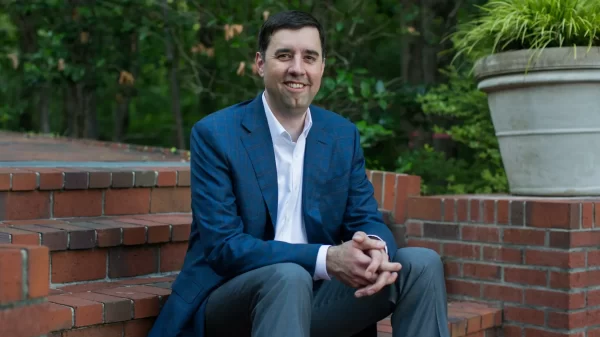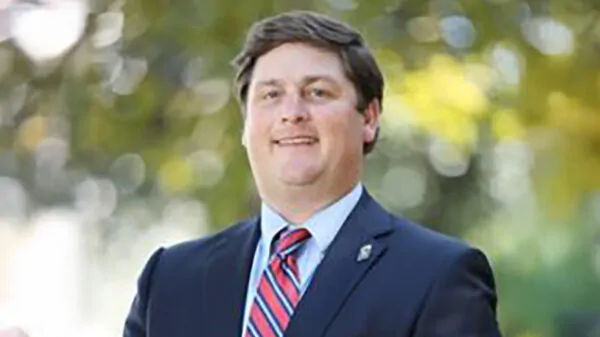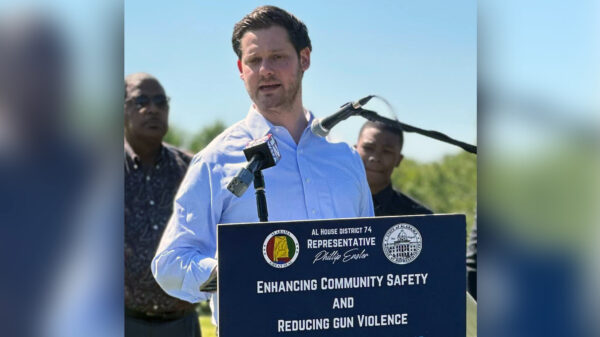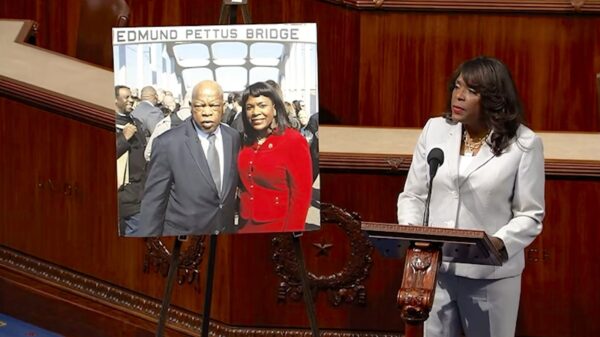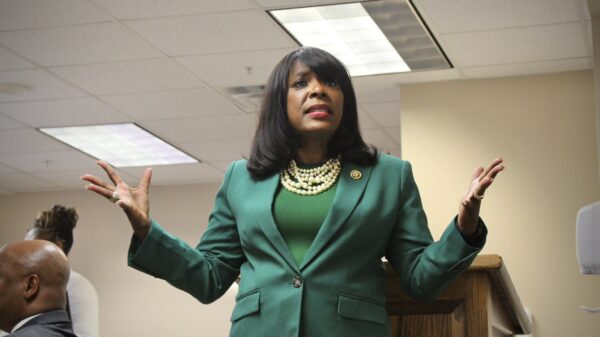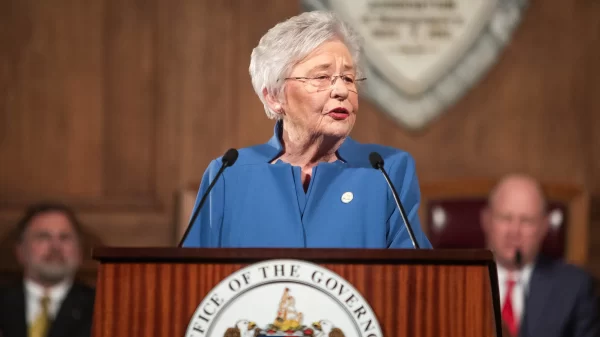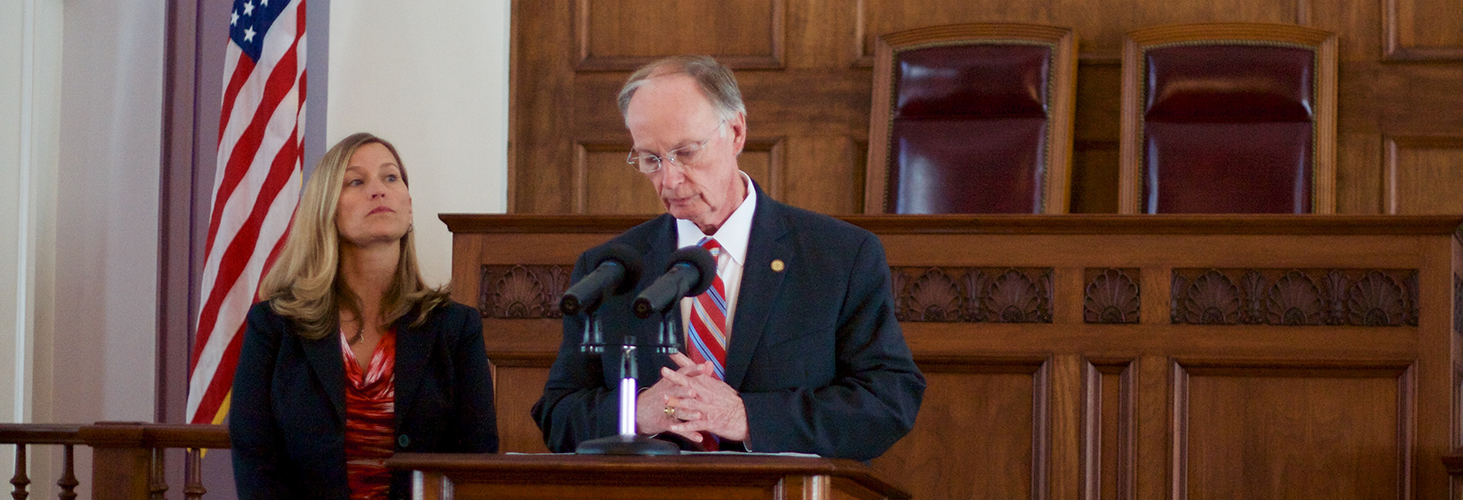By Josh Moon
Alabama Political Reporter
Medicaid needs more money.
No, this isn’t a reprint of a news story from last fall. It’s the reality once again for the State’s beleaguered Medicaid office. A few months after requiring a special session to dig up $105 million in BP oil spill money to keep Medicaid afloat, the agency’s head told a budget committee on Monday that it needs an additional $44 million in 2017 to meet its needs.
Stephanie Azar, the commissioner of Alabama’s Medicaid office, said the enrollment in Medicaid over the past year has mostly remained flat – an astonishing turnabout from the last several years that have seen marked increases in enrollment that have pushed the State’s rolls to over 1 million. Despite the lack of growth, Azar said the agency still needs more money.
And that wasn’t even the really bad news.
Azar also told lawmakers that pushing back to October the implementation of new Regional Care Organizations – a system for dispensing Medicaid coverage that was set to drastically change how the system was administered in Alabama, and also hopefully lower its costs over the long term – and also failing to secure funding for the RCOs past 2018 has left the system in peril.
If additional funds aren’t secured, Azar said, some of the providers in the five-division RCO system could pull out. Already, the program has lost some providers and has been subjected to serious cost overruns in some areas.
APR reported in November that one consulting company contract had cost the State nearly $28 million, and on Monday Azar was left answering questions about other possible defections and cost increases.
The issues, coupled with a governor who many have come to distrust, have left lawmakers – even some who have been longtime supporters of the RCO program – skeptical of its future. That has resulted in a hesitancy to guarantee future funding, which in turn has led to providers’ waffling or backing out completely.
Their worries are easy to understand. Without a single change to the Medicaid program, there is a projected $100 million shortfall in 2019. With the RCOs, and without a sustained funding source, that hole is $165 million.
Azar called that “a train wreck.”
And even that wasn’t all of the bad news.
Azar said the uncertainty of the new Trump administration and its plans for the Affordable Care Act make all planning tentative, because agency officials have been provided no federal guidance yet on the future of its programs.
Azar noted that some potential changes could work out well for the State, but other options that have been discussed seriously by the Trump administration could be disastrous. One of those would be a decision for the Federal Medicaid office not to fully fund the Children’s Health Insurance Program.
Should that occur, Azar said, Medicaid could be looking at another $100 million shortfall, and no BP money to fill the hole.
Azar also said some of the talked about options for replacing the ACA, such as block grants, could also go either way for the State. Some could be good, but others could be very bad.
“There is a lot of uncertainty,” Azar said. “Unfortunately, much of it we will have to wait to get our answers. That makes it tough.”

